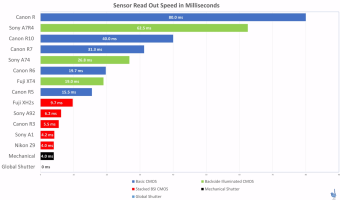It looks like Canon is finally going to be updating some of the Cinema EOS lineup in 2023, we think a lot of products have been delayed and reworked over the last 12-18 months. It looks like Canon will make a splash at NAB in April in Las Vegas. We are likely to see a
See full article...
See full article...

